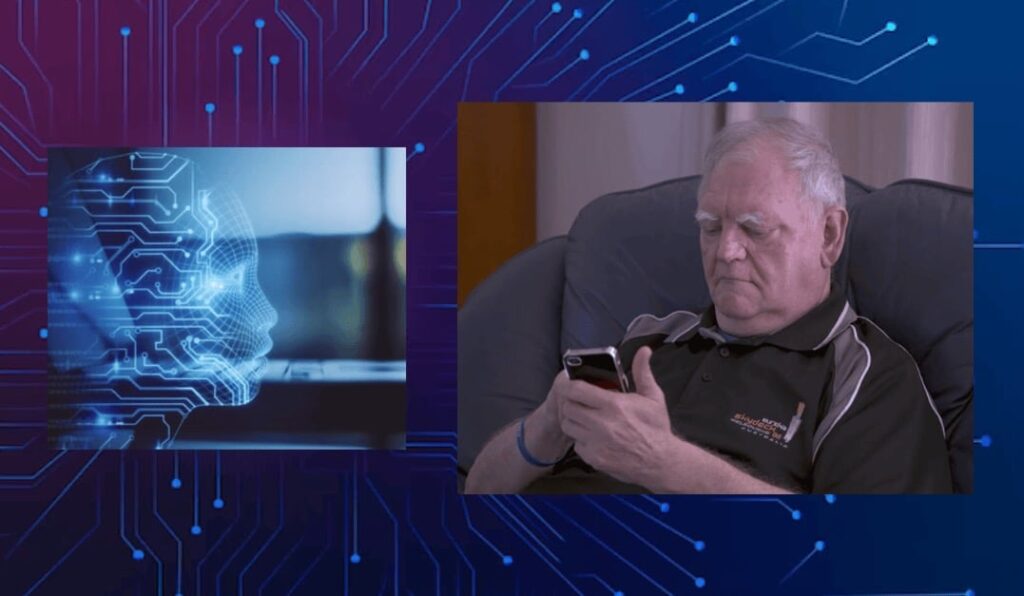“…a friend looking after me”, “…checks that I take my medication”, “Florence is just like a doctor” is how patients describe the digital nurse Florence.
“…the autopilot”, “a personable robot”, “a mini-me in the patient’s pocket” are examples of how clinicians think about the 24/7 digital nurse.
Florence automates the engagement and management of patients through clinical conversations via text. The dialogs with patients are powered by evidence-based protocols and AI.
In this article I discuss why AI-Powered Care Coordination not only delivers a better patient experience and improved clinical outcomes, but importantly frees up clinicians and saves an enormous amount of time spent on routine jobs (for which humans are not great).
I will also cover how we ensure safety and test Florence and provide insights into the development of Digital Twins and Synthetic Patients – in essence an AI model simulating patient behavior allowing us to optimize and further train the Florence AI model.
75% Reduction in Clinical Time, 67% Reduction in Readmission for Cardiac Surgery
Florence has demonstrated a unique combination of strong clinical outcomes, a great patient experience and the saving of clinical time. For example, Florence managed the titration process for hypertension saving over 75% of primary care physician time and reducing the admin burden ten-fold. In cardiac surgery where Florence is used pre and post procedure, an independent evaluation concluded a reduction in readmissions of 67% relative to the control group.
The Secret? Empathetic, Frequent, Personalized & Persistent
Florence gets to know each patient really well; she is empathetic, yet persistent. She engages with patients frequently; some patients as often as twice a day, some patients maybe twice per week depending on the pathway and personal preferences. She provides feedback and will nudge patients. ‘Simple’ text makes her accessible (no complicated app to download) and she is as happy in Spanish, as she is in English or Arabic.
Dream Team: Florence for Routine, Clinician for Escalations
The best outcomes are achieved by leveraging the persistent, systematic follow-up by AI for routine care combined with processes where the human can step in and resolve escalations or simply provide fulfilling human encounters.
Over time, Florence is learning both from the individual patient (and soon from the individual clinician) and is thus able to take on a growing role as part of the healthcare team.
Avoiding Hallucinations: Combining Clinical Protocols & LLMs
There is an undeniable risk that AI models ‘hallucinate’ – simply make up ‘stuff.’ Conceptually our proprietary architecture is based on Clinical Protocols with ‘absolute’ rules combined with powerful Large Language Models (LLM). The clinical rules in the Protocols (for example thresholds for BP, rules for escalation, and definitions of trends) always drive Florence’s next-action – either next message to patient or an escalation to the clinician. The LLM, instructed by the Protocol, is used to interpret individual patient’s incoming messages and to build up a picture of the patient.
Patient Profile: A Digital Twin Driving Better Engagement, Better Clinical Outcomes
By combining analysis of the patient’s response to questions with analysis of the use of language…or emojis…and patterns such as timeliness or consistency, we are compiling a psychographic profile of the patient – eventually creating a Digital Twin of each patient. Key dimensions of the profile, in addition to clinical readings, include Engagement, Health Literacy, Self-Management Confidence, Ability to Follow Instructions, etc. We can then use this individual profile or changes to trigger the next action by Florence. For example, someone struggling to understand their condition may receive a link from Florence, a person with high health literacy maybe asked if she wants more ‘academic’ health information, a shift-worker can be asked if she wants the texts at a different time of day.
Eventually, Florence will be able to deploy a range of sophisticated behavior change techniques used by humans (when they have time) such as motivational interviewing, the ‘Five Rs’, and the ‘Five As’ frameworks. For details click here https://generatedhealth.com/us/patient-engagement-the-goal-is-behavior-change-and-self-management
‘Synthetic Patients’: Creating More & Better Training Data for Florence AI
The testing and monitoring of Florence is of the highest priority here at Generated Health. We have recently created a Safety, Efficacy & Quality (SEQ) Team which is independent from our Product Development and reports directly to me.
To date, testing has been conducted using our historical data, in total 25 million conversations with over 200,000 patients, and performance has been reviewed based smart analytics and a lot of time spent by the human test and evaluation team.
Our current project is taking AI training to the next level: Together with a university research team, we are working to create ‘Synthetic Patients’ using so-called diffusion models that will simulate the behavior of millions of patients over time. This will enable us to test and optimize Florence safely at scale – think tens of millions of conversations – as we work to increase ‘her’ autonomy through reinforcement learning. Eventually enabling Florence to deliver fully personalized, context-aware, dynamic management of individual patients.
Creating 1 million digital nurses!
Contact us if you would like to discuss how we can work together to implement intelligent automation that manages patients and frees clinicians from routine clinical work.
Ingolv Urnes
CEO Generated Health
For further discussions, contact the team
US: EBender@generatedhealth.com
UK: Kylie.Dentith@generatedhealth.com
Australia: John.Griffiths@generatedhealth.com
